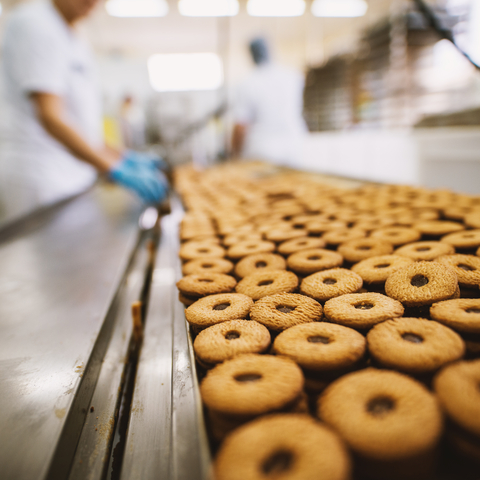Accounting for Waste in Recipe Nutrition and Costing
If you've been using ReciPal recently you've seen a few changes that make creating a nutrition label and recipe costing more powerful and more accurate. You can also read about them here, here, here, and here. One of those changes has been an added factor for each ingredient to account for waste.
In the Real World There Is Waste
Normally, when you do a nutrition analysis you have to operate under the assumption that all of the ingredients you enter in a recipe get turned into finished product and assume that there is no waste. Otherwise you will be overestimating the nutrition content of your product.
In reality, that's not how things work. You buy 10 avocados and 1 of them is bad or you have to cut out a portion of it. You buy 10 pounds of beef for making jerky and trim 1 pound of fat off. You make a bowl of batter, but you can't possibly scrape every last morsel out of it. You buy a case of packaging or labels, but some of it printed funny. You get the idea.
In these cases you pay for everything including the waste, but not everything goes into the final product nutrition.
Account for Waste with ReciPal
To account for these cases, we include a waste factor for each ingredient in your recipe, which you can see below.

Enter a waste factor from 0 to 100 to adjust each recipe ingredient.
It's a number from 0 to 100 representing the percentage of input that doesn't end up in the final product. 100% means it's all wasted, or none ends up in your product. 0% means none is wasted, or it all ends up in your product.
What the means in ReciPal is that any waste will not be included as part of the nutritional content. However, the full amount of the ingredient will be included in the cost of the recipe.
An example
We can walk through the first example above with avocados. Say you buy 10 avocados at $1 each and all 10 go into your recipe. Each avocado has 200 calories. So, you spent $10 and that's 2,000 calories of avocados.
If you assume a waste factor of 10%, your cost will still be $10, but the nutrition content of the finished recipe will only be 1,800 calories.
If you assume a waste factor of 20%, again your cost will still be $10, but the nutrition content of the finished recipe will now only be 1,600 calories.
And so on. That's how it works in a nutshell, but we factor that in across all your ingredients for the full recipe cost and nutrition content.
Last Words, Questions, and Comments
This should be another powerful tool in your arsenal for making nutrition labels, costing and pricing your food product easier and more accurate.
Have questions about how to properly cost or analyze your product? Ask us by email, livechat, twitter, or leave a comment below. And as always, let us know if you have any other ideas for improving ReciPal.






